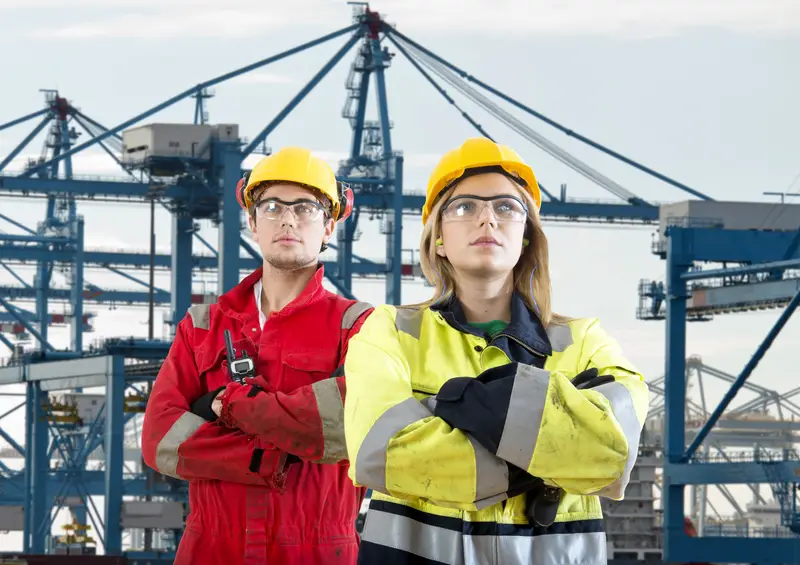Click here to get this post in PDF
Protecting staff and providing a safe working environment is one of the main concerns that employers have. By providing the correct PPE (personal protective equipment) accidents can be avoided. Here is some information that can help reduce the risk of injuries in the workplace.
Where is PPE needed?
PPE clothing and workwear equipment are used in many different sectors. Some of the main ones who are required to wear PPE are:
- Construction
- Catering
- Warehouse
- Laboratories
- Factories
- Security
Safety equipment is especially useful in environments where workers are exposed to dust or chemicals, or where heavy objects are lifted frequently. Protective equipment also prevents breathing in dust or gases and protects the head from falling debris on construction sites and feet from any stray nails or glass.
Headwear
Helmets and hard hats are used to protect staff from head injuries that can occur from falling objects. In colder winter months a knitted hat or winter liners can be worn underneath helmets. Beanies should be tight-fitting and not interfere with the way that the helmet fits and protects the head.
Eye and face protectors
For jobs in construction and factories, safety goggles and a face mask or respirator should be provided to prevent soil, dust, or fumes from entering the eyes and lungs. Employees also need to be provided with the correct respirator and employers should make sure that workers change the filters regularly. Certain gases like carbon monoxide have no taste and smell and are, therefore, particularly dangerous. To avoid staff being susceptible to any potential threats or toxins it is important when you shop carbon monoxide respirator that you choose the best equipment for the job.
Protective clothing
Protective clothing is a must in certain work environments to ensure the safety of both staff and customers. An example is industries in which food is handled, but several other sectors require clothing, such as when manning the doors as a security guard. Security guards need high-vis jackets to stay visible to alert members of the public that they are there in case someone requires help, whilst food handlers need to keep their hair back and hands covered when handling food.
Hearing protection
Loud noises can also be a health hazard in working environments. On construction sites, hearing protection is essential but is also very important in factories, where hearing loss is reported frequently. Workers can be exposed to loud sounds in a number of different jobs, including in carpentry, farming or even dental work. Even football coaches could benefit from earplugs or earmuffs.
Hearing protection should be considered by employers at levels of 80 dB(A) and is required if workers are exposed to an average of 85 dB(A) in a day or week, according to the Control of Noise at Work Regulations 2005.
Personal protective equipment and workwear are specially designed to ensure the safety of employees in the workplace. There are a number of different items that should be considered in order to protect sensitive areas such as the eyes, head, ears and face. If employers fail to provide the right protection, not only is there an increased risk of injuries, but businesses could be held accountable if an accident does happen.
You may also like:
Keeping Your Team Safe and Comfortable with Personalised Workwear this Winter
10 Health and Safety Must-Haves to Avoid Work Accidents
Image source: Dreamstime.com

